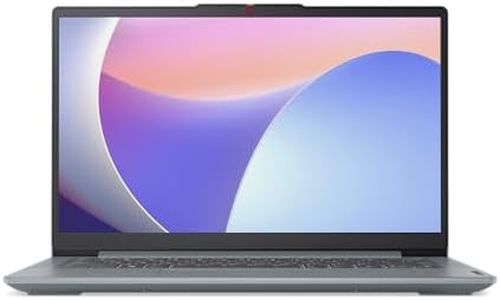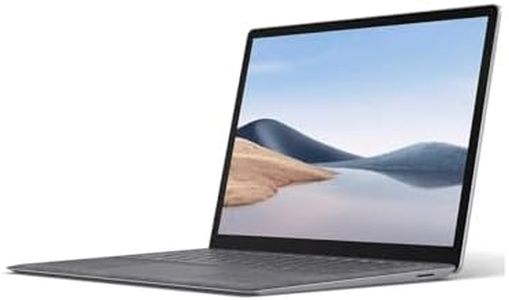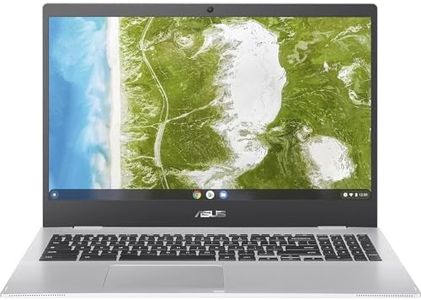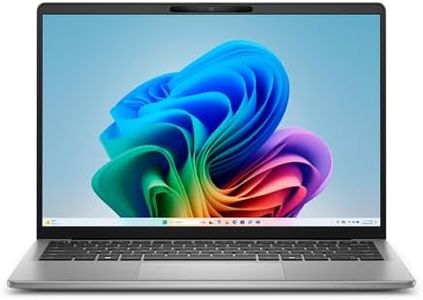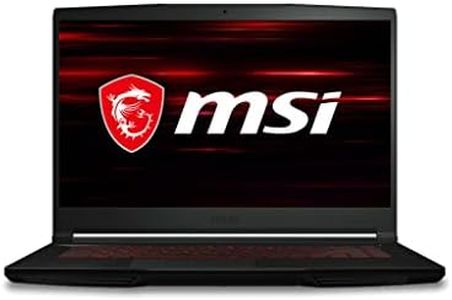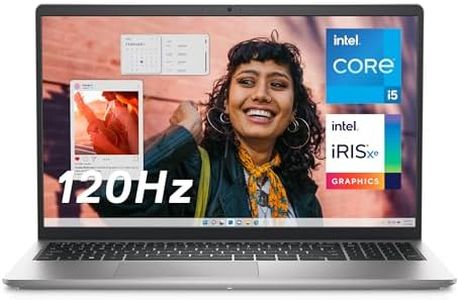We Use CookiesWe use cookies to enhance the security, performance,
functionality and for analytical and promotional activities. By continuing to browse this site you
are agreeing to our privacy policy
10 Best Cheap Laptops
From leading brands and best sellers available on the web.Buying Guide for the Best Cheap Laptops
When looking for a cheap laptop, your main goal is usually to find a balance between essential features and cost. It's important to think about what you'll mostly use the laptop for, like browsing the web, studying, streaming videos, or basic office work. Start by making a list of your main activities and how often you'll use the laptop each day. Cheap laptops often make sacrifices in some areas, so knowing what matters most to you will help you pick one that fits your needs and avoid paying for things you won't use.Processor (CPU)The processor acts as the brain of your laptop and affects how quickly it can run programs and handle tasks. In cheaper laptops, you'll often see basic processors which are fine for everyday use such as surfing the internet or using web-based applications. These are usually labeled as Celeron, Pentium, or entry-level Core models. If you plan to do only basic tasks, a simpler processor will be enough. But if you want more speed for multi-tasking or heavier applications, look for a higher-numbered or newer-generation processor.
RAM (Memory)RAM helps your laptop run multiple programs at once. The more RAM you have, the smoother your experience will be, especially when you have a lot of browser tabs or apps open. Laptops usually come with 4GB, 8GB, or more. 4GB is enough for light use (web browsing, word processing), while 8GB is better if you plan to multitask or use slightly more demanding programs.
StorageStorage determines how many files, applications, and photos you can keep on your laptop. Cheap laptops often have smaller storage, usually with eMMC or SSD drives. eMMC storage is slower but acceptable for basic use, while SSDs offer faster load times. 64GB to 128GB is common in this price range; this is fine for cloud-based or light users, but if you want to store lots of files or install many programs, look for more space or models that let you add external storage.
Display Size and QualityThe display size affects portability and comfort. Smaller screens (11-13 inches) are lighter and easier to carry, but may feel cramped for long use. Larger screens (14-15.6 inches) are better for watching videos or multitasking, but are heavier. Also, pay attention to screen resolution: HD (1366x768) is standard for cheap laptops and is fine for most tasks, but Full HD (1920x1080) gives a sharper image if you read a lot or stream video.
Battery LifeBattery life decides how long you can use your laptop away from the charger. Cheap laptops can last anywhere from a few hours up to 10+ hours, depending on their design and use. If you plan to take your laptop to school, work, or travel, longer battery life is key. For home use where a plug is always nearby, battery life matters less.
Build Quality and PortabilityCheaper laptops are often made with more basic materials, which can affect how durable they are. Lightweight plastic is common and keeps the laptop easy to carry, but it might not withstand rough handling. Consider how often you'll move your laptop around—if you travel a lot, look for one that feels solid even if it's light, and check for positive comments about build quality in reviews.
Connectivity and PortsConnectivity means the types of ports and wireless features your laptop includes, like USB slots, HDMI, headphone jack, SD card reader, and Wi-Fi. Think about what devices you want to connect—if you need to plug in a mouse, external screen, or memory card, make sure the laptop has those ports. For most simple needs, a couple of USB ports, Wi-Fi, and Bluetooth are enough.

